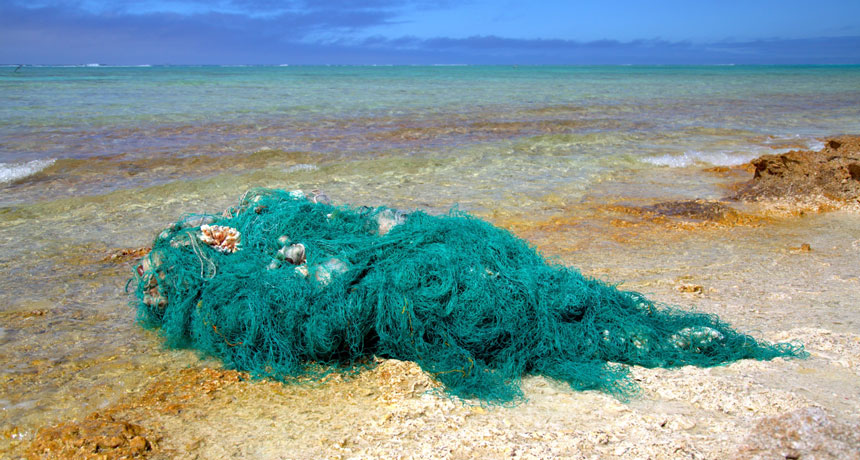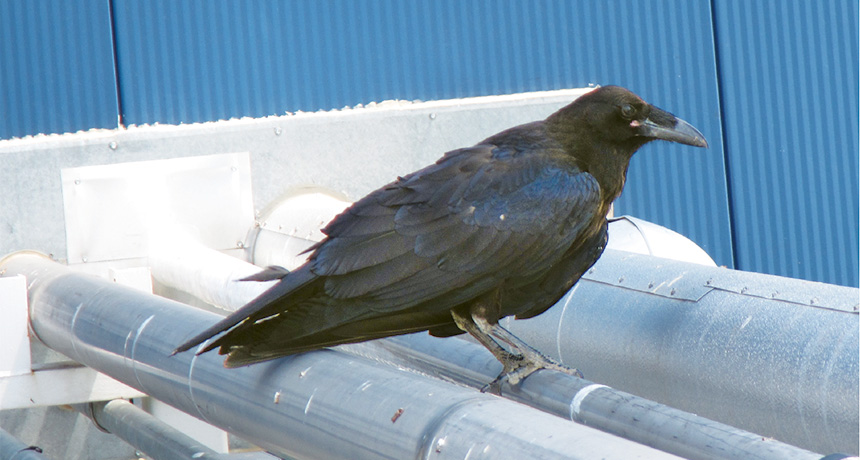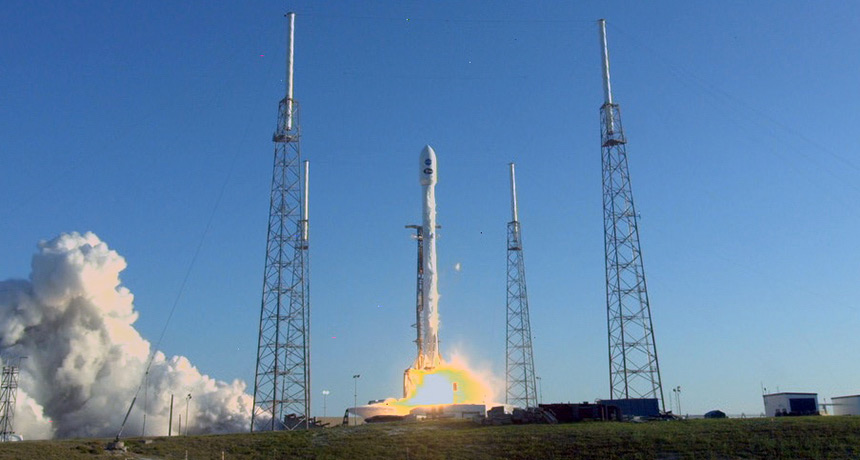Nanoscale glitches let flowers make a blue blur that bees can see
A bit of imperfection could be perfect for flowers creating a “blue halo” effect that bees can see.
At least a dozen families of flowering plants, from hibiscuses to daisy relatives, have a species or more that can create a bluish-ultraviolet tinge using arrays of nanoscale ridges on petals, an international research team reports online October 18 in Nature. These arrays could be the first shown to benefit from the sloppiness of natural fabrication, says coauthor Silvia Vignolini, a physicist specializing in nanoscale optics at the University of Cambridge.
Flowers, of course, can’t reach industrial standards for uniform nanoscale fabrication. Yet the halo may be a case where natural imperfections may be important to a flower’s display. Tests with artificial flowers showed that the nanoglitches made it easier for bees to learn that a showy petal meant a sugary reward, Vignolini and colleagues found.
Blues are rare in actual pigments in living things( SN: 12/10/16, p. 4 ). Color in the wings of Morpho butterflies or blue jay feathers, for instance, comes from nanoscale structures that contain no pigments but create colorful illusions by muting some wavelengths of light while intensely reflecting others ( SN: 6/11/16, p. 32 ).
Flower petals make their blue halo illusion with somewhat irregular versions of what are called diffraction gratings, rows of ridges like the recording surface on a CD. A perfectly regular array of ridges would create true iridescence, changing color depending on the angle a viewer takes. The flowers’ imperfections, variations in ridge height and spacing, weaken or destroy the iridescence. A viewer swooping by would see less color shifting and more of a bluish-ultraviolet tinge reflected at a wider range of angles.
To see whether bees respond more to iridescence or a blue halo, researchers created sets of artificial flowers, pieces of epoxy resin with some kind of nanoscale-ridged array. A petal-scale project was huge compared with the usual nanoscale experiments, requiring marathon fabrication sessions. “We were a pain to everybody,” Vignolini says.
In two tests, researchers offered bumblebees a pair of “flowers,” one that held sugar water and one with a nasty-tasting solution, to see how quickly bees would learn to distinguish sweet from foul. When the flower’s nanoridges had imperfections creating a blue halo, bees learned the task faster than when the flower had perfect iridescence. Imperfect arrays were actually an advantage for the flowers in creating displays pollinating bees find memorable, the researchers conclude.
Such disorder in nature’s structural color (versus pigments) has shown up before, as in obviously jumbled color-trick structures in bird feathers. Before the tests, though, it was unclear whether flowers would benefit from perfect iridescence and were just falling short in growing perfect arrays. The blue halo might have been merely a side effect of challenging botanical fabrication. The bee experiments, however, showed the opposite, the researchers say. These are the first tests to show that some disorder is not just a downside of natural fabrication but in itself “has a function,” Vignolini says.
That result makes sense to visual ecologist Nathan Morehouse of the University of Cincinnati. Nanostructures that iridesce may often just be a way birds or butterflies can create an unusual color rather than a way to produce iridescence for its own sake. The shifting colors might even have a downside. By definition, true iridescence changes color as an insect or bird changes its angle of approach, and so may not be the best form for an easy-to-remember signal. “Iridescence itself is something they just have to manage,” he suggests.




